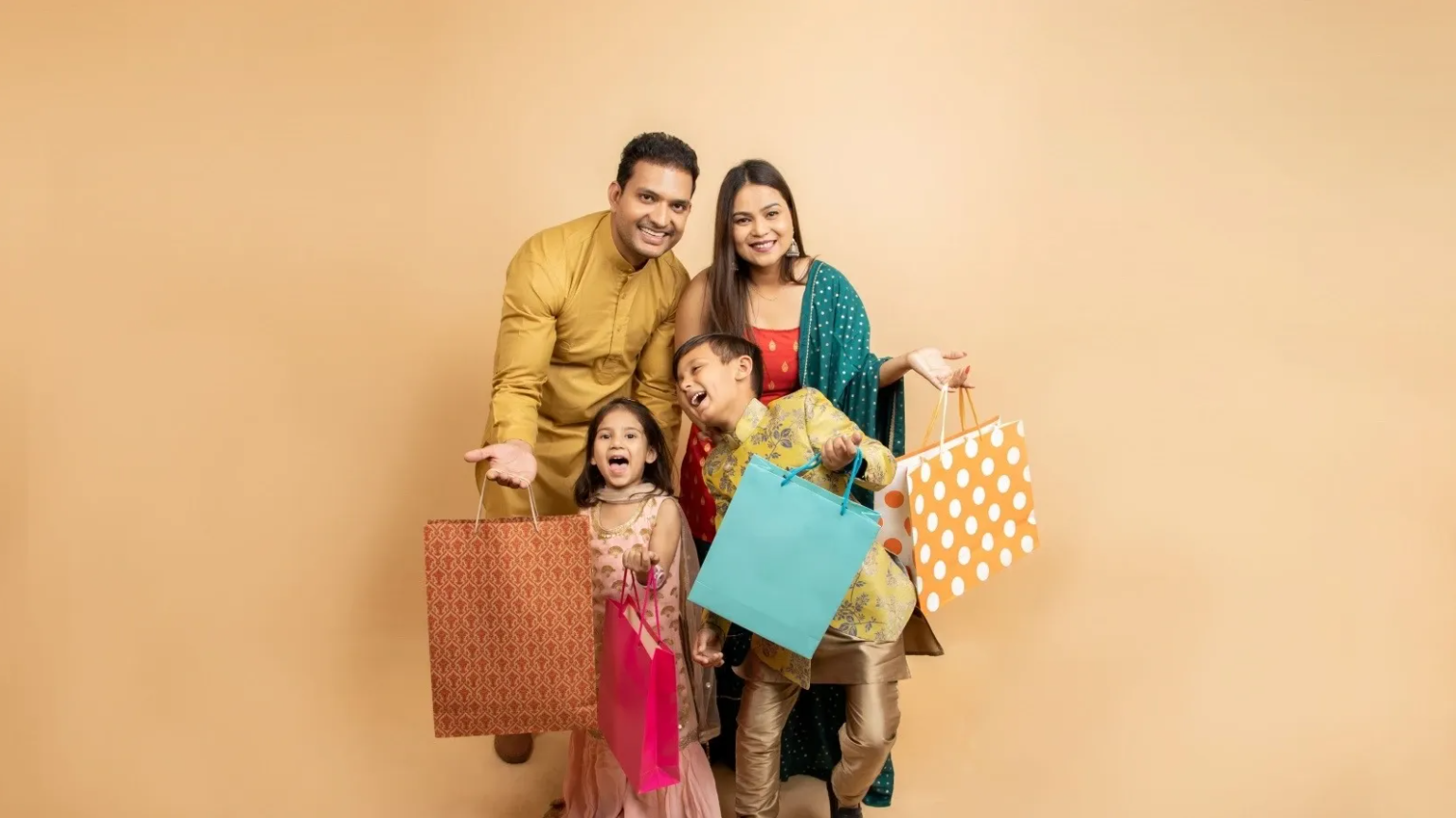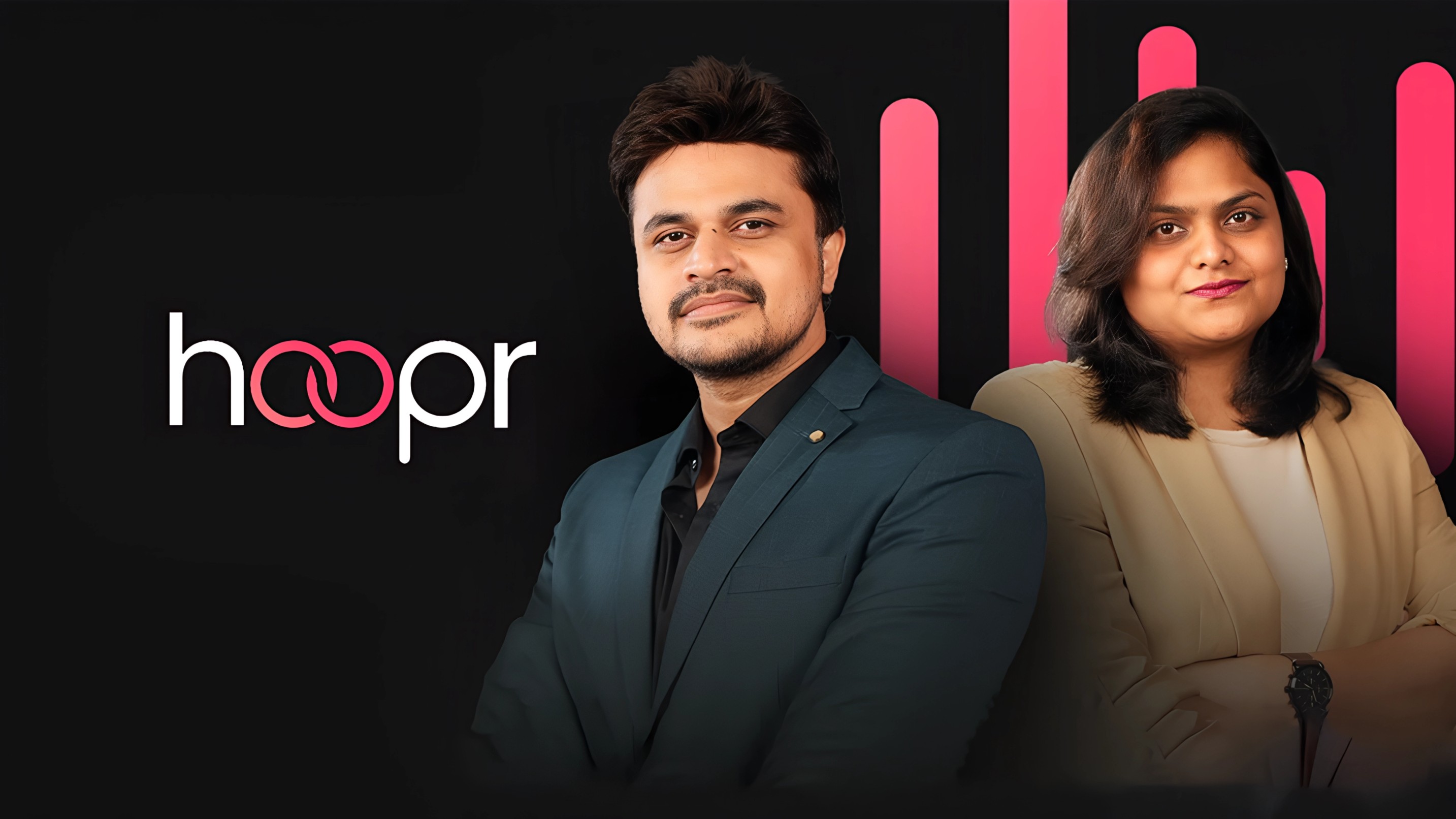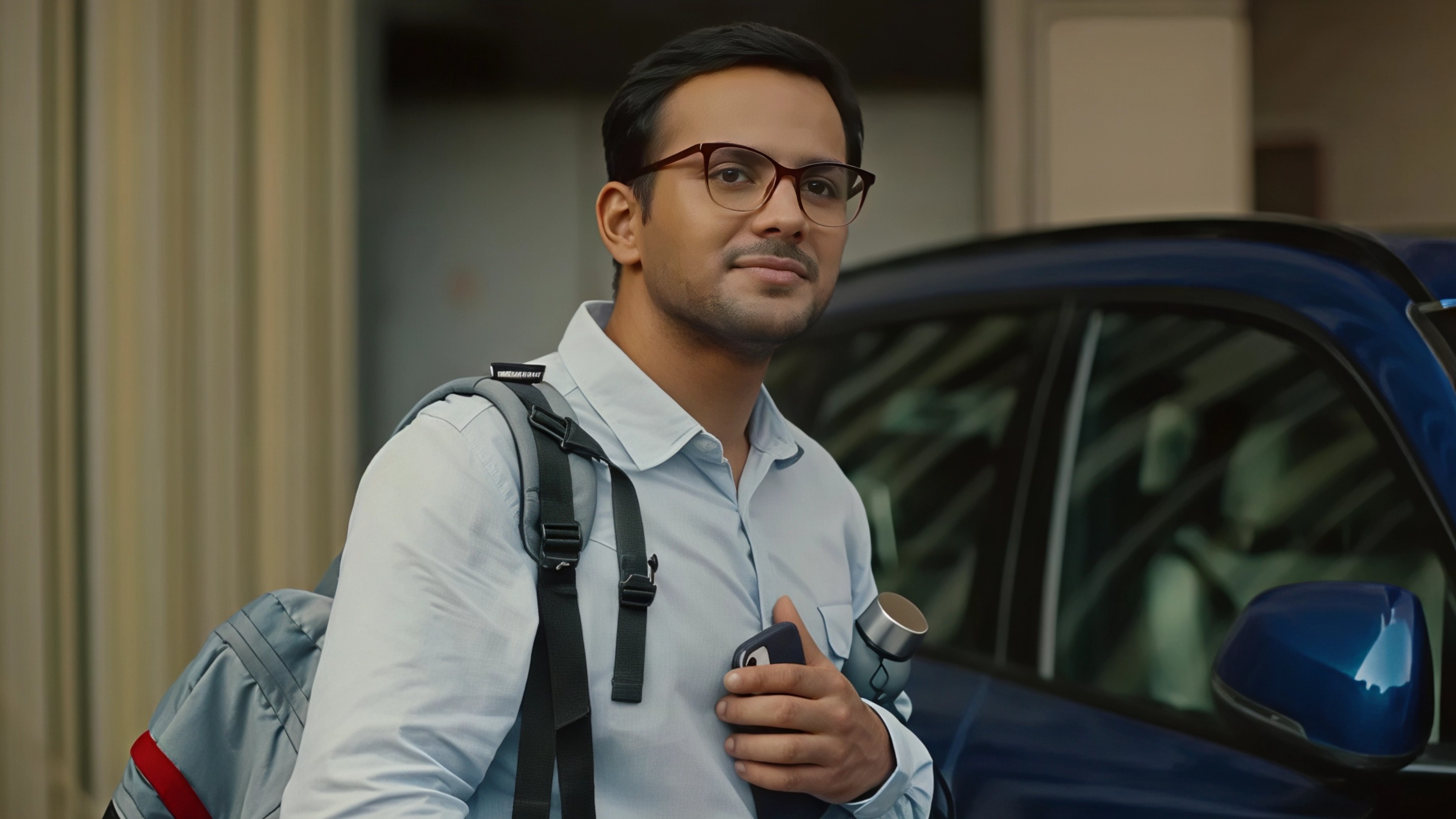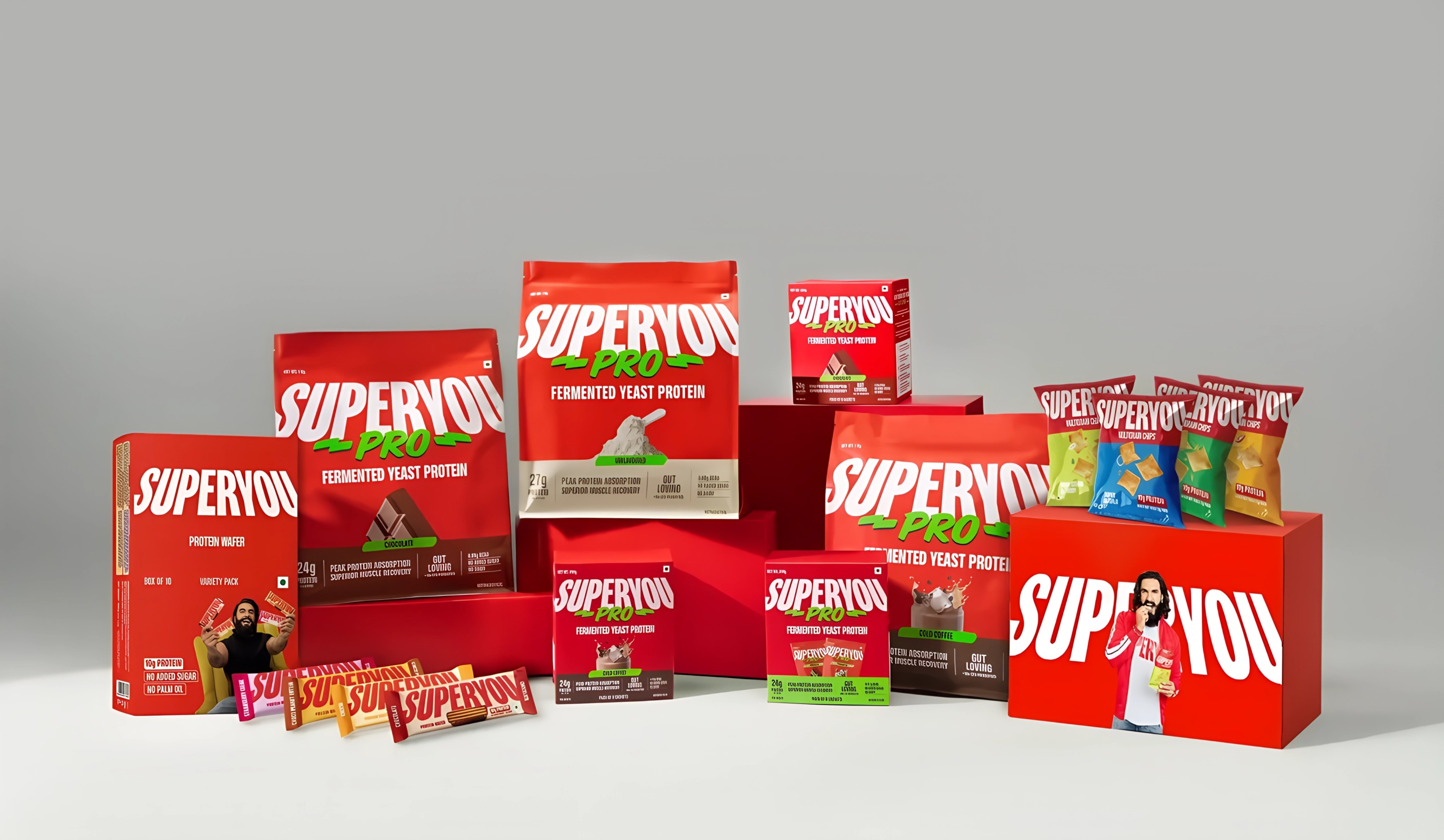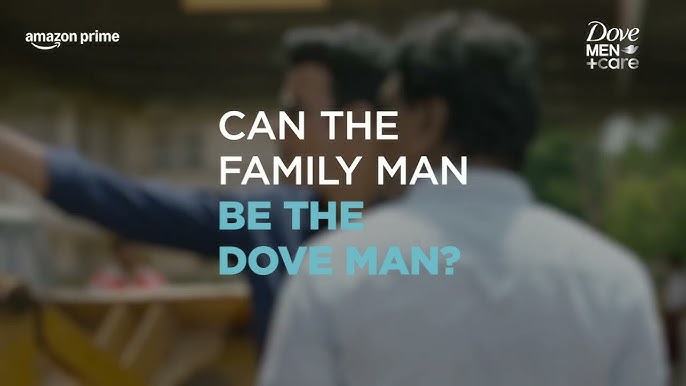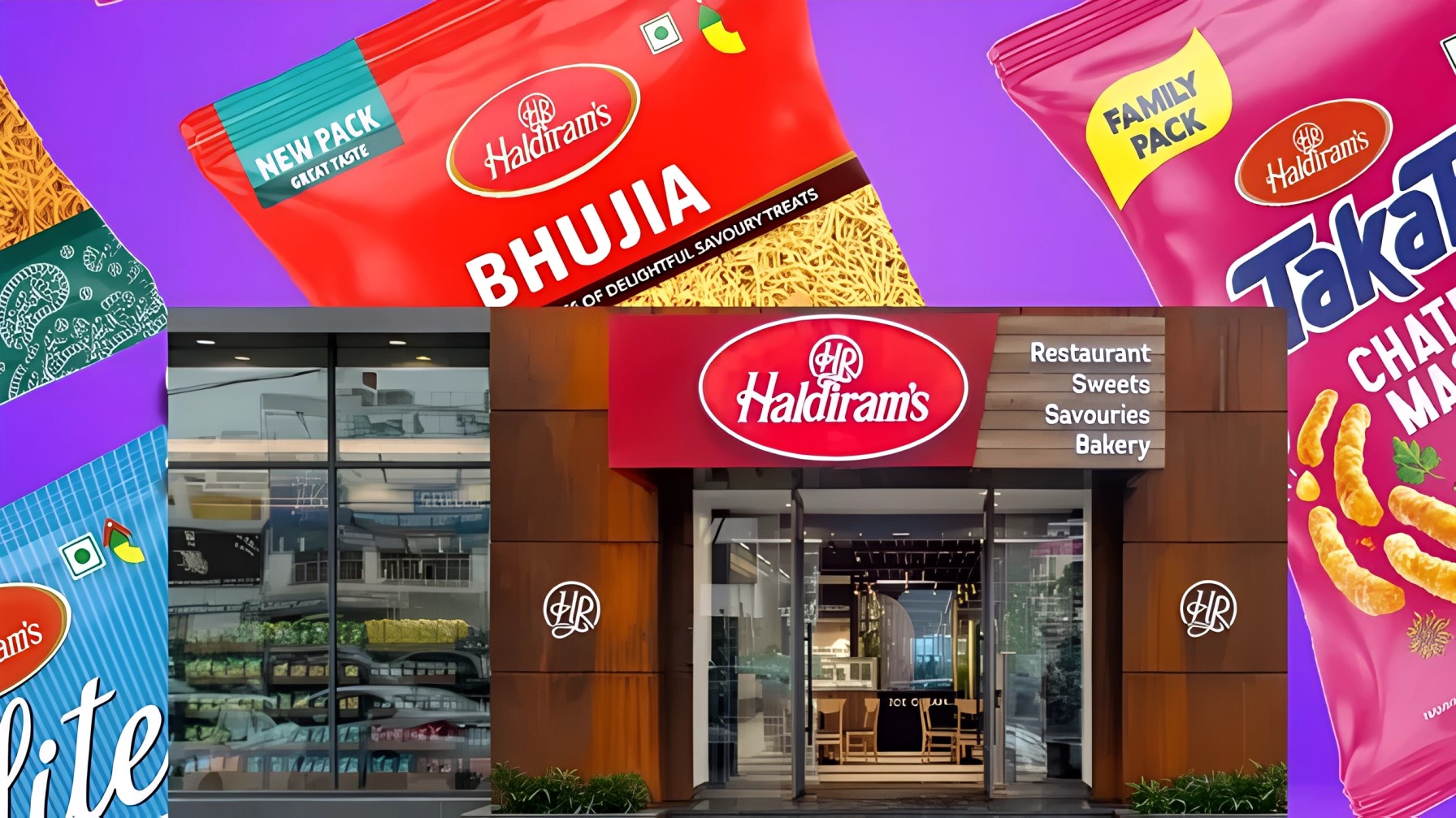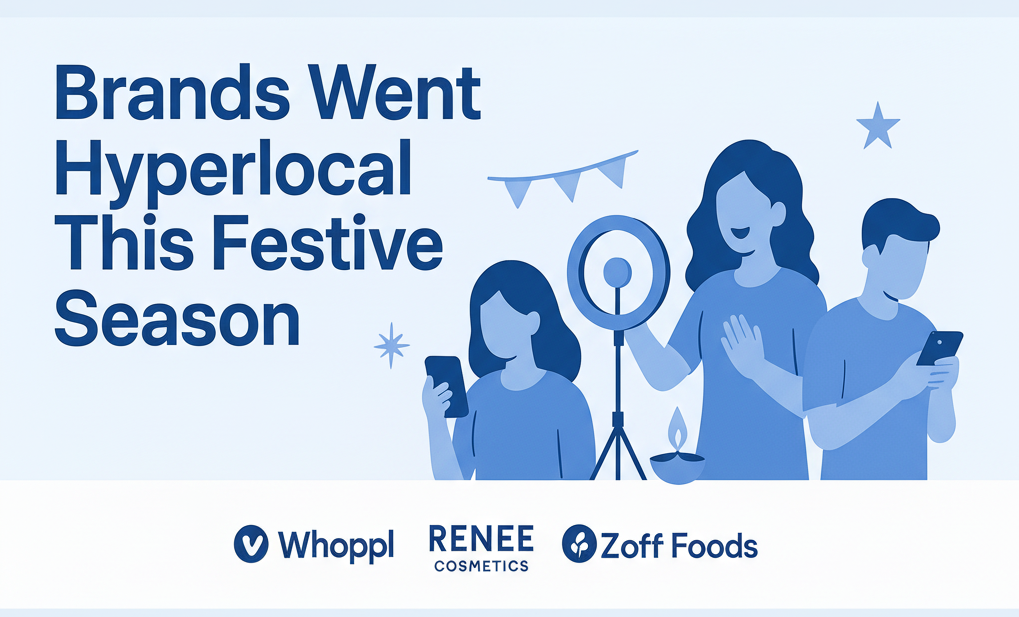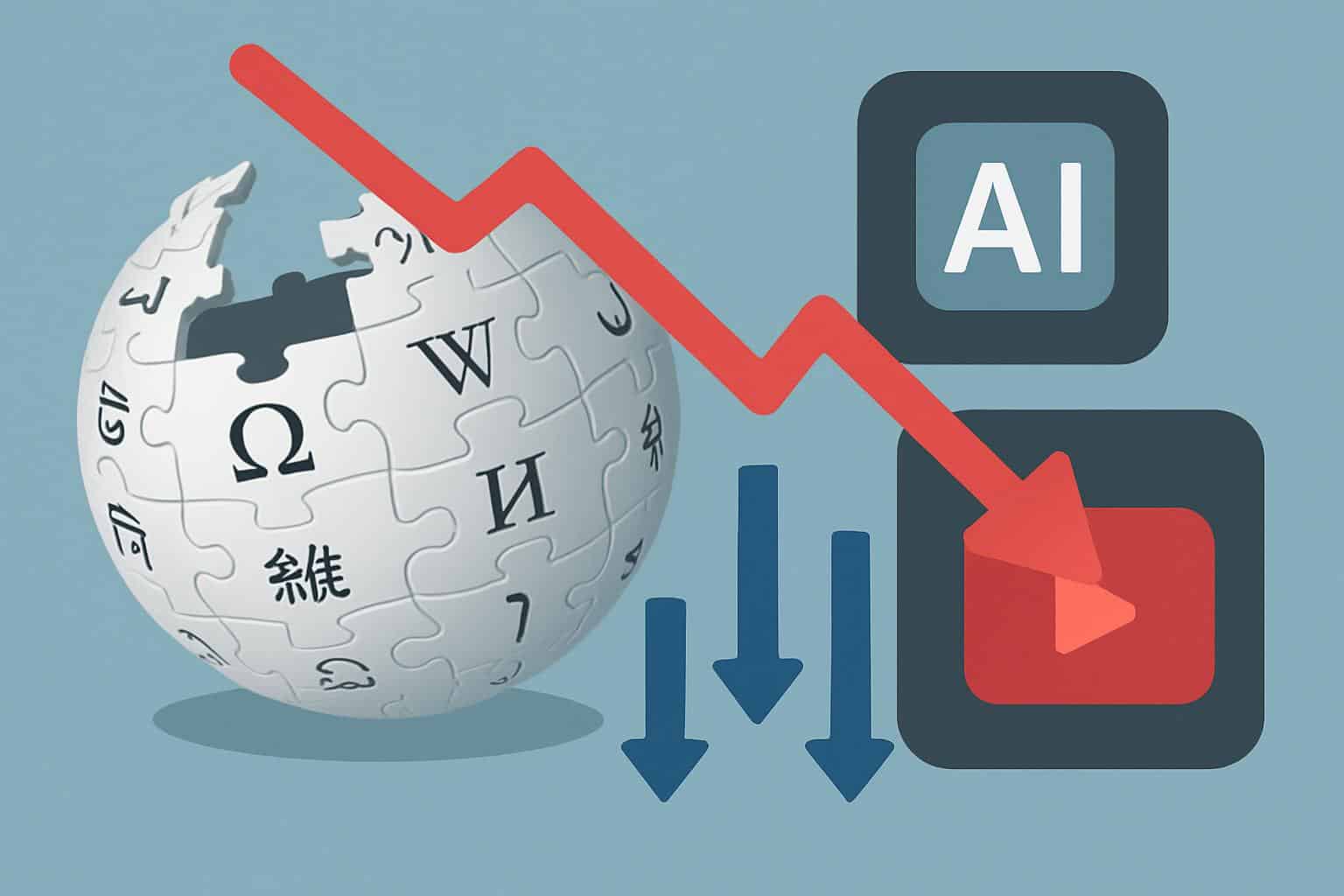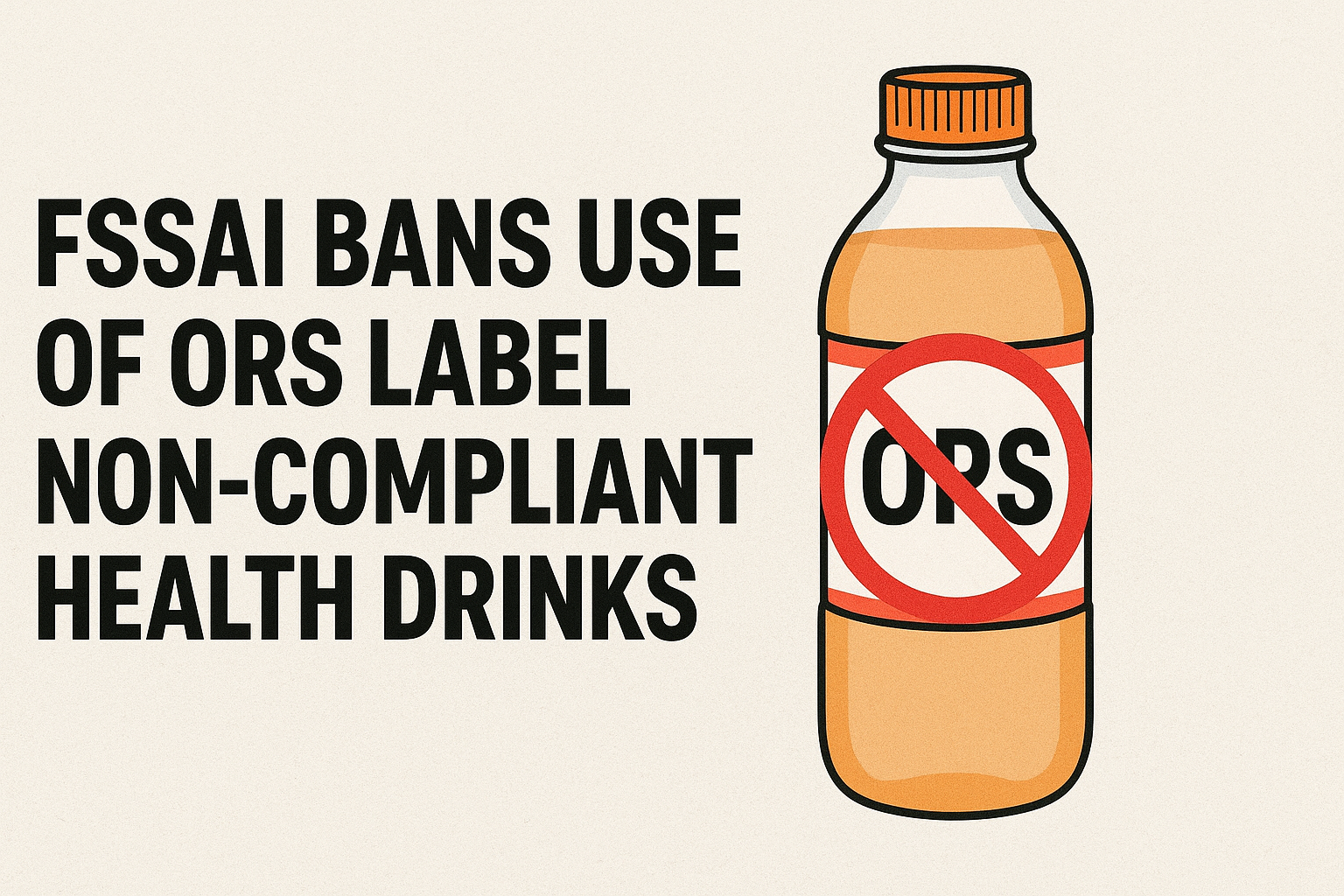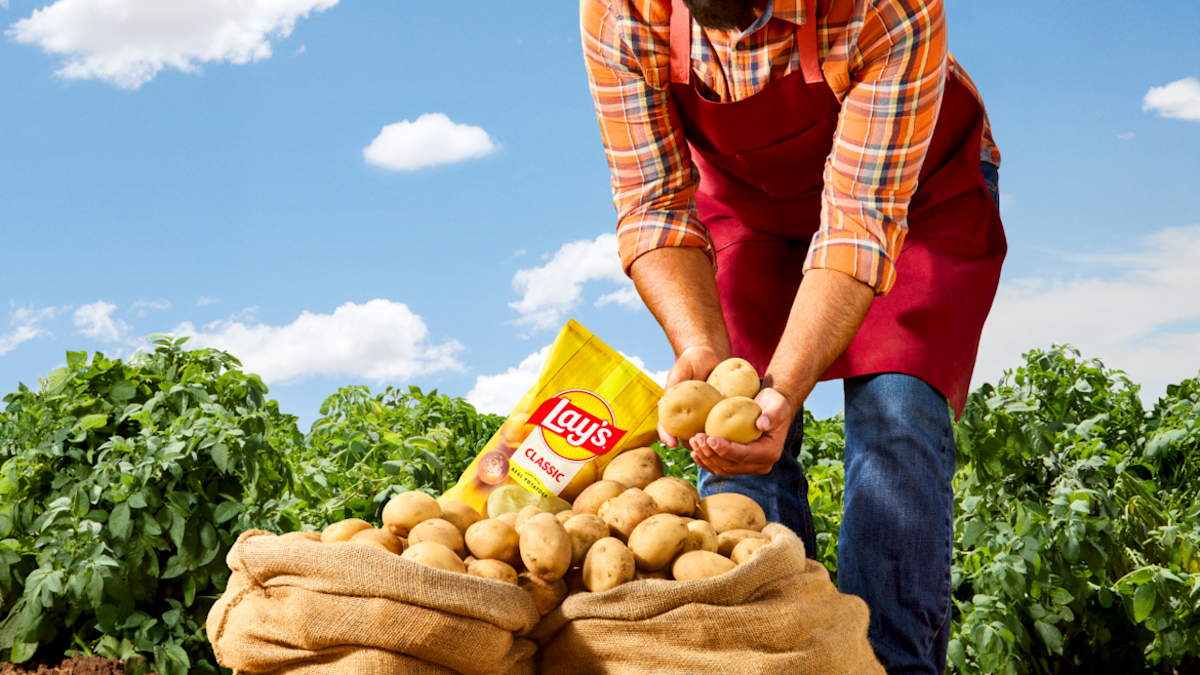Every Diwali and festive season in India comes with its familiar sparkle lights, sweets, gifts, and grand celebrations. Yet, the idea of what makes these celebrations truly luxurious is changing. For the modern Indian consumer, luxury is no longer about owning the most expensive or exclusive items. It is about owning something that feels deeply personal.

The Changing Face of Luxury
India’s relationship with luxury has matured over the last decade. Rising incomes have given more people access to premium products, but awareness has transformed expectations. Data suggests that India’s luxury market could reach 200 billion dollars by 2030. However, the real growth is being fuelled not by extravagance but by individuality.
Today, consumers are not dazzled by price tags; they are drawn to experiences that reflect their identity. Festivals magnify this desire for connection. Whether it’s a customised outfit, a personalised piece of décor, or a home product crafted with thoughtful detail, people want to see their personality mirrored in what they buy and how they celebrate.
Luxury has evolved from being a display of wealth to being an expression of self.
When Customisation Becomes Care
The appeal of personalisation lies in its intent. Customisation feels deliberate, thoughtful, and emotionally rich. It represents care — both from the buyer and the brand. In an era where consumers value sustainability and mindfulness, personalised experiences create deeper meaning.
ADVERTISEMENT
When someone invests in a handcrafted product or designs a piece tailored to their lifestyle, it becomes more than a purchase. It becomes a reflection of values, a balance of beauty, functionality, and responsibility. In this way, personalisation supports the larger shift towards conscious living, where quality and purpose go hand in hand.
The Festive Connection
Festivals have always been emotional amplifiers. They stir nostalgia, hope, and a sense of belonging. That emotion now drives consumer choices. This is why personalisation resonates so strongly during festive seasons it helps people express what they feel, not just what they own.
Luxury apparel brands now offer monogrammed festive wear. Home décor labels craft customised lamps and tableware. Even automobile and travel companies allow customers to design their experiences, from curated interiors to tailored itineraries. The bathroom and kitchen space too is evolving, with brands offering finishes, water systems, and intelligent designs that align with personal preferences, turning daily routines into rituals of comfort.
For luxury brands, this is an invitation to practice what can be called emotional precision, the ability to anticipate and express the consumer’s unspoken desires. Through design, technology, and storytelling, brands must now create experiences that balance aesthetic delight with emotional depth.
ADVERTISEMENT
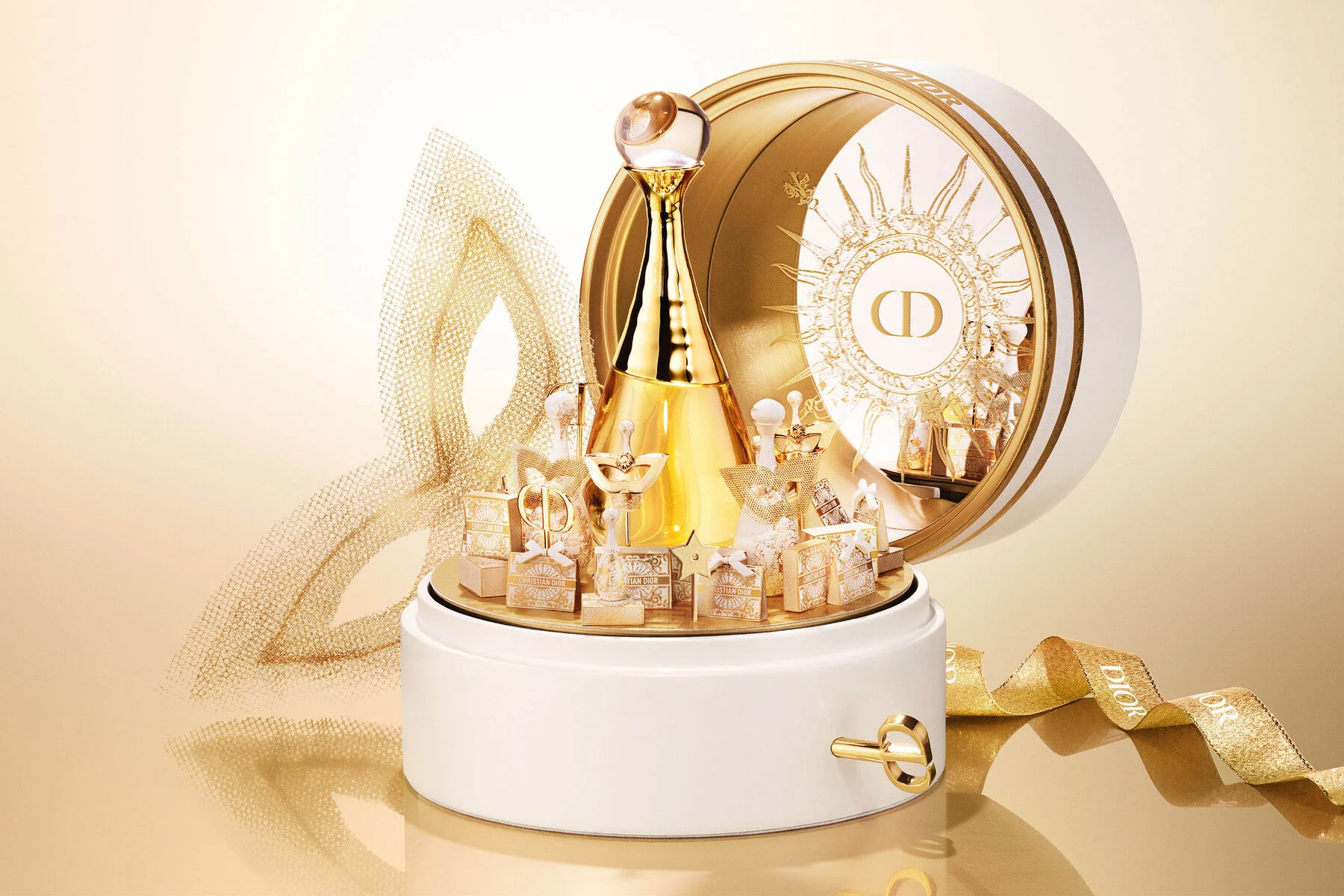
A Future Defined by Personal Connection
The age of luxury defined by rarity is fading. In its place emerges a world where exclusivity is created through connection. With festive spending expected to touch between 12 and 14 lakh crore rupees this season, consumers are making choices that reflect individuality rather than indulgence.
The new benchmark for luxury will be how well a brand understands its audience — aligning design with emotion, innovation with empathy, and technology with meaning. Personalisation will no longer be an added feature; it will be the expectation.
As traditions continue to meet modern design, the most memorable brands will be those that humanise technology, personalise experiences, and celebrate individuality. The greatest luxury today is not in owning more, but in owning what feels unmistakably yours.
Follow Marketing Moves on Instagram and Facebook for more insights on branding, luxury, and creative storytelling that shapes the future of marketing.

